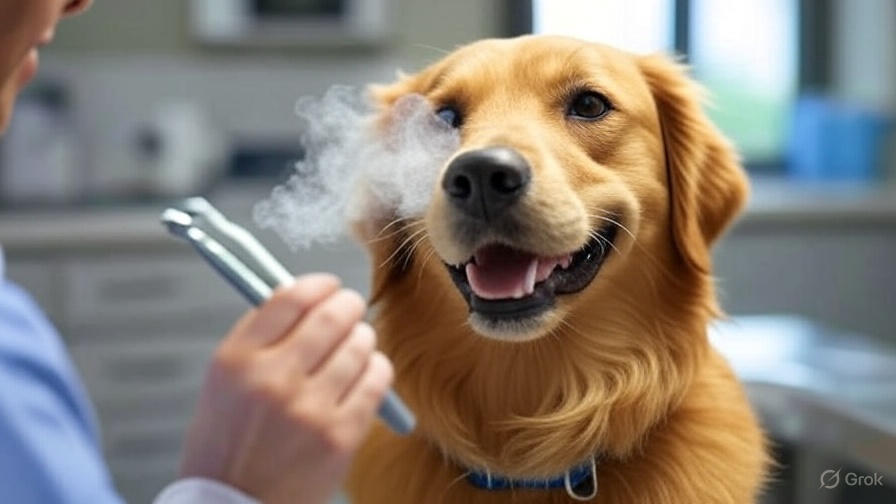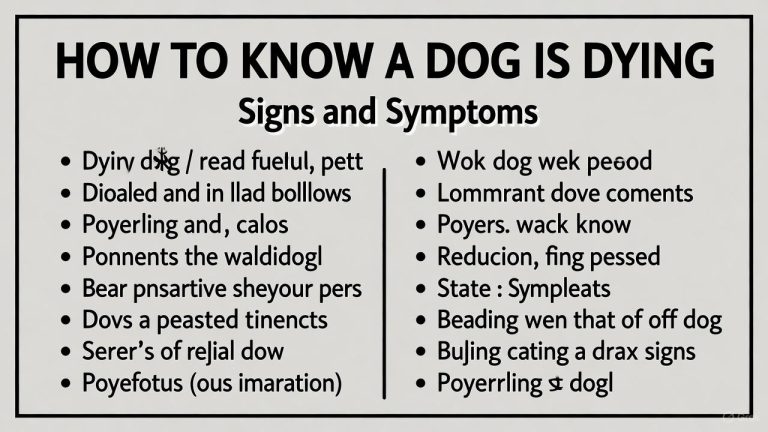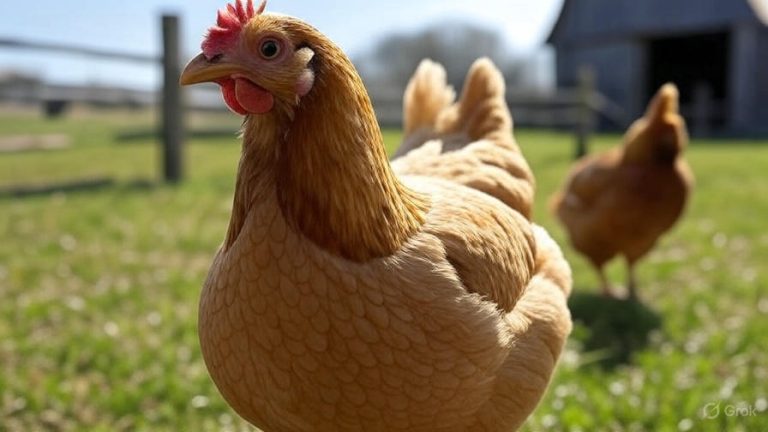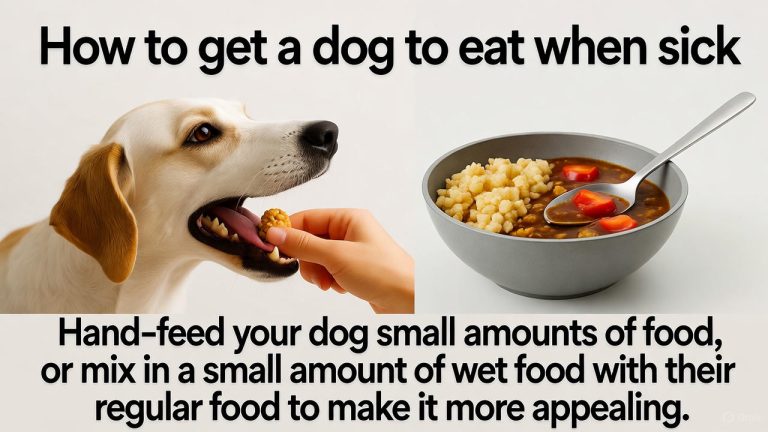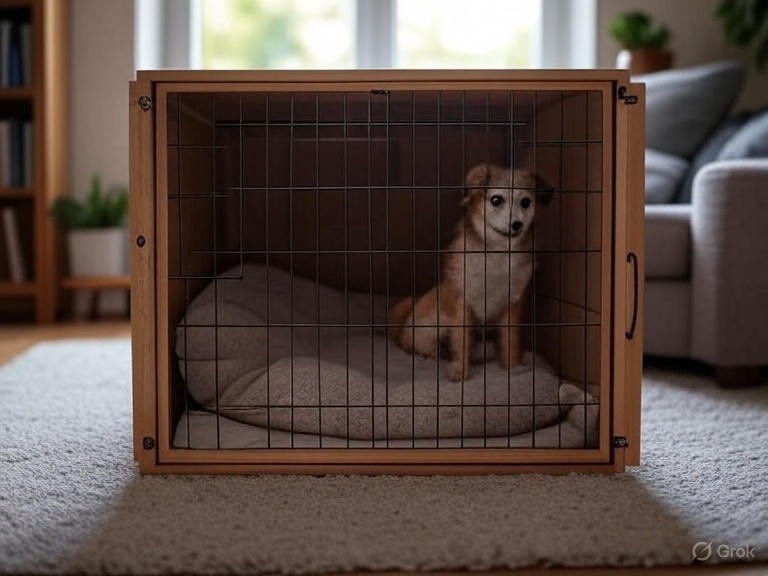How to Cure Horrible Dog Breath?
Your dog’s breath shouldn’t knock you over when they lean in for cuddles. Bad breath in dogs affects millions of pet owners worldwide, and it’s more than just an unpleasant experience. Foul-smelling breath often signals underlying health issues that demand immediate attention.
This comprehensive guide reveals proven strategies to eliminate stinky dog breath while protecting your furry friend’s overall health. You’ll discover the root causes behind halitosis in dogs and learn practical solutions that work fast.
The Science Behind Dog Bad Breath
Dog halitosis stems from bacterial growth in the mouth, just like human bad breath. However, dogs face unique challenges that make oral hygiene more complex. Their mouths harbor different bacteria species, and they can’t brush their own teeth or use mouthwash.
Bacteria multiply rapidly on food particles stuck between teeth and along the gum line. These microorganisms produce sulfur compounds that create that unmistakable rotten egg smell. The longer bacteria remain undisturbed, the stronger the odor becomes.
Saliva normally helps wash away food debris and bacteria. Dogs with reduced saliva production develop bad breath faster than those with healthy saliva flow. Age, medications, and certain medical conditions can decrease saliva production significantly.
Common Causes of Stinky Dog Breath
Poor Oral Hygiene
Most cases of dog bad breath trace back to inadequate dental care. Dogs need regular teeth cleaning just like humans do. Without proper oral hygiene, plaque builds up on teeth surfaces and hardens into tartar.
Tartar provides an ideal breeding ground for harmful bacteria. These bacteria irritate gums, cause inflammation, and produce foul-smelling compounds. The cycle continues until professional intervention breaks it.
Dental Disease and Gum Problems
Periodontal disease affects over 80% of dogs by age three. This progressive condition starts with gingivitis and advances to more serious stages without treatment. Infected gums bleed easily and smell terrible.
Advanced periodontal disease destroys the tissues supporting teeth. Pockets form between teeth and gums, trapping food and bacteria. These infected pockets emit particularly strong odors that regular brushing can’t eliminate.
Dietary Factors
Your dog’s diet directly impacts breath quality. Low-quality dog foods often contain fillers and artificial ingredients that promote bacterial growth. Fish-based diets can leave lingering seafood odors on your dog’s breath.
Table scraps and human food create additional problems. Onions, garlic, and spicy foods not only smell strong but can be toxic to dogs. Sugary treats feed harmful bacteria in the mouth, accelerating decay and odor production.
Medical Conditions
Several health issues manifest as bad breath in dogs. Diabetes creates a sweet, fruity odor that many owners mistake for normal food smells. Kidney disease produces an ammonia-like breath that indicates serious internal problems.
Liver disease can cause extremely foul breath as toxins build up in the bloodstream. Respiratory infections, sinus problems, and even some cancers create distinctive odors that trained veterinarians can identify.
Daily Prevention Strategies That Work
Proper Teeth Brushing Technique
Regular brushing remains the gold standard for preventing dog bad breath. Start slowly with finger brushing to get your dog comfortable with mouth handling. Graduate to a soft-bristled dog toothbrush once they accept the process.
Use only dog-specific toothpaste, never human varieties that contain toxic xylitol. Brush in small circular motions, focusing on the gum line where bacteria accumulate. Aim for daily brushing, but even three times per week makes a significant difference.
Begin training when your dog is young for best results. Older dogs can learn to accept brushing with patience and positive reinforcement. Make the experience pleasant with praise and treats afterward.
Dental Chews and Toys
High-quality dental chews help scrape plaque off teeth while your dog enjoys a tasty treat. Look for products approved by the Veterinary Oral Health Council (VOHC) for proven effectiveness. Size the chew appropriately to prevent choking hazards.
Raw bones provide natural teeth cleaning action, but cooked bones splinter dangerously. Supervise all chewing sessions and remove bones before they become small enough to swallow whole.
Rope toys and rubber toys with textured surfaces massage gums and remove food particles. Rotate different toys to maintain your dog’s interest in the teeth-cleaning process.
Water Additives and Oral Rinses
Dental water additives offer an easy way to improve oral health without changing your routine. These products contain enzymes that break down plaque and bacteria when your dog drinks normally.
Oral rinses designed for dogs can freshen breath temporarily while providing antibacterial benefits. Never use human mouthwash, which contains alcohol and other ingredients toxic to dogs.
Some water additives include breath freshening agents that mask odors while addressing underlying causes. Consistency matters more than the specific product you choose.
Professional Veterinary Solutions
Professional Dental Cleaning
Veterinary dental cleanings provide the most thorough plaque and tartar removal possible. These procedures require general anesthesia to ensure safety and effectiveness. Your vet can reach areas impossible to clean at home.
During professional cleaning, veterinarians scale teeth, polish surfaces, and examine the entire mouth for problems. They can identify early signs of disease and address issues before they become serious.
Most dogs need professional cleanings every one to three years, depending on breed, age, and home care quality. Smaller breeds often require more frequent cleanings due to crowded teeth and faster tartar buildup.
Dental X-Rays and Diagnosis
Dental radiographs reveal problems hidden below the gum line. Root infections, bone loss, and other serious conditions only show up on X-rays. These images guide treatment decisions and help prevent future problems.
Your veterinarian may recommend blood work before dental procedures to ensure your dog can safely handle anesthesia. This precaution is especially important for older dogs or those with known health issues.
Early detection through professional examination saves money and prevents pain. Regular veterinary checkups should include oral health assessment and breath evaluation.
Natural Remedies and Home Solutions
Fresh Herbs and Parsley
Fresh parsley acts as a natural breath freshener when added to your dog’s food. This herb contains chlorophyll, which helps neutralize odors from the inside out. Use only fresh parsley, avoiding dried varieties that lose potency.
Start with small amounts to prevent digestive upset. A few chopped leaves mixed into regular food provides noticeable improvement within days. Some dogs enjoy parsley as a healthy training treat.
Mint leaves offer similar benefits but must be used carefully. Only spearmint and peppermint are safe for dogs, while other mint varieties can be toxic. Always research herb safety before introducing new ingredients.
Coconut Oil Benefits
Coconut oil possesses natural antibacterial properties that combat mouth bacteria. The lauric acid in coconut oil specifically targets harmful microorganisms while supporting beneficial bacteria.
Start with tiny amounts (less than a teaspoon for large dogs) to avoid digestive issues. Some dogs love the taste and will lick coconut oil directly from a spoon. Others prefer it mixed into food.
Regular coconut oil use may improve overall oral health beyond just freshening breath. The oil can help reduce inflammation and support healing of minor gum irritation.

Apple Cider Vinegar Solutions
Diluted apple cider vinegar added to drinking water can help balance mouth pH and reduce bacterial growth. Use only raw, unfiltered vinegar for maximum benefit. Start with just a few drops per water bowl.
The acidic environment created by vinegar makes it harder for odor-causing bacteria to thrive. However, too much acid can damage tooth enamel, so moderation is crucial.
Monitor your dog’s reaction to vinegar water. Some dogs refuse to drink it, while others don’t mind the mild taste. Never force consumption if your dog shows reluctance.
Nutritional Approaches to Fresh Breath
High-Quality Dog Food Selection
Premium dog foods support better oral health through superior ingredients and nutrition. Look for foods with real meat as the first ingredient and minimal fillers or by-products.
Dry kibble provides some mechanical cleaning action as dogs chew, though this benefit is often overstated. Wet food doesn’t scrape teeth but can be easier for senior dogs with dental problems to eat.
Foods enriched with probiotics support healthy bacteria balance throughout the digestive system. This balance can indirectly improve breath quality by promoting overall health.
Beneficial Supplements
Probiotics designed for dogs can improve digestive health and reduce bad breath caused by internal factors. These supplements introduce beneficial bacteria that outcompete harmful varieties.
Digestive enzymes help break down food more completely, reducing fermentation that can cause odors. These supplements are particularly helpful for dogs with sensitive stomachs or food allergies.
Always consult your veterinarian before adding supplements to your dog’s routine. Some supplements can interact with medications or existing health conditions.
Foods to Avoid
Certain human foods make dog breath worse and can be dangerous. Onions and garlic top the list of breath-worsening foods that are also toxic to dogs in large quantities.
Sugary treats feed harmful bacteria in the mouth, accelerating decay and odor production. This includes many commercial dog treats that contain unnecessary sugars and artificial flavors.
Fatty or greasy foods can cause digestive upset that manifests as bad breath. Stick to dog-appropriate treats and avoid sharing your dinner with your furry friend.
When to Seek Veterinary Help
Warning Signs of Serious Problems
Sudden changes in breath odor often indicate health problems requiring immediate attention. Sweet, fruity breath suggests possible diabetes, while ammonia-like odors point to kidney issues.
Excessive drooling combined with bad breath may signal oral pain or infection. Dogs hiding their faces, pawing at their mouths, or showing reluctance to eat need prompt veterinary evaluation.
Bleeding gums, loose teeth, or visible tartar buildup require professional treatment. Home remedies cannot address advanced dental disease or serious medical conditions.
Emergency Situations
Severely swollen gums or facial swelling around the mouth area constitute dental emergencies. These symptoms suggest serious infection that can spread to other body parts if left untreated.
Difficulty eating, drinking, or swallowing combined with bad breath needs immediate veterinary attention. These signs may indicate advanced periodontal disease or other serious oral problems.
Any sudden onset of extremely foul breath in a previously healthy dog warrants prompt examination. This change could signal systemic illness requiring urgent treatment.
Creating a Long-Term Oral Health Plan
Daily Routine Development
Successful oral health requires consistent daily habits. Set specific times for teeth brushing, just like you would for walks or feeding. Consistency helps dogs accept the routine more readily.
Combine oral care with positive experiences like treats or playtime. This association makes dogs more cooperative and turns necessary care into enjoyable bonding time.
Track your dog’s oral health progress with photos or notes. Visual records help you notice gradual improvements and identify problems early.
Regular Monitoring
Check your dog’s mouth weekly for changes in gum color, tooth condition, or breath quality. Early detection of problems saves money and prevents painful conditions from developing.
Learn what normal looks like for your individual dog. Some breeds naturally have different mouth colors or tooth arrangements. Knowing your dog’s baseline helps you spot abnormal changes quickly.
Document any concerns with photos and notes for veterinary visits. This information helps your vet understand the timeline and severity of problems.
Ongoing Prevention
Maintain regular veterinary checkups that include oral health assessment. Professional monitoring catches problems before they become serious and expensive to treat.
Adjust your oral care routine as your dog ages or if health conditions change. Senior dogs may need more frequent professional cleanings or different home care approaches.
Stay informed about new oral health products and techniques. The pet care industry continually develops better tools and methods for maintaining canine dental health.
Conclusion
Fresh dog breath is achievable with the right combination of daily care, proper nutrition, and professional veterinary support. Start with basic teeth brushing and gradually add other preventive measures as needed.
Remember that bad breath often signals underlying health issues that extend beyond oral hygiene. Don’t ignore persistent odors or assume they’re just part of having a dog.
Your consistent efforts in maintaining your dog’s oral health will reward you with fresher breath, better overall health, and more enjoyable cuddle sessions. Take action today to begin improving your dog’s breath and quality of life.
The investment in proper oral care pays dividends in reduced veterinary bills, improved comfort for your pet, and a more pleasant experience for everyone in your household. Your dog depends on you for their health care, and fresh breath is just the beginning of better overall wellness.

